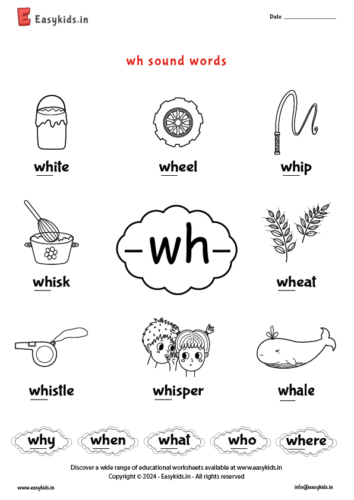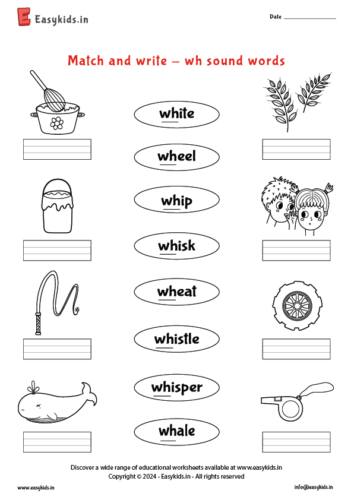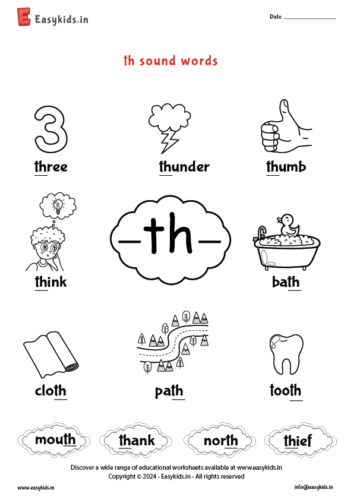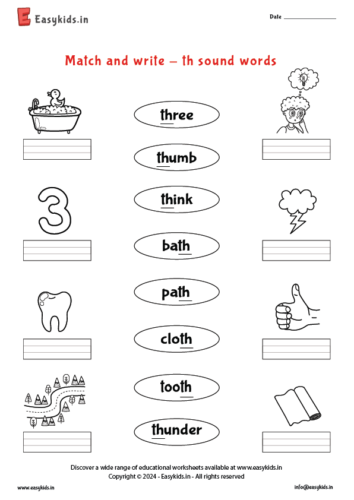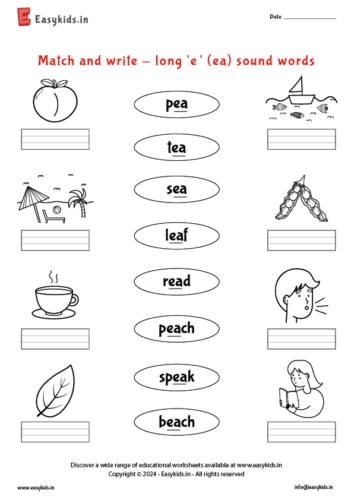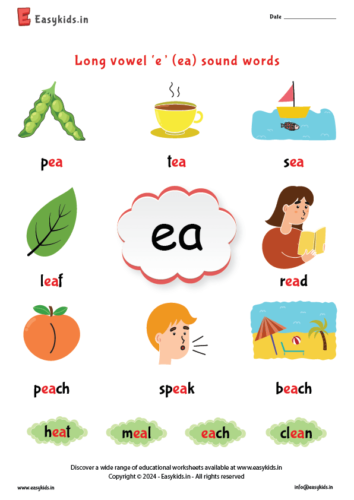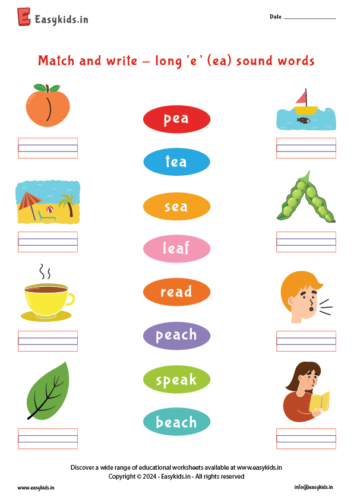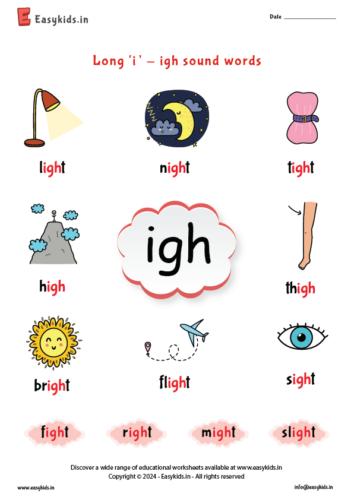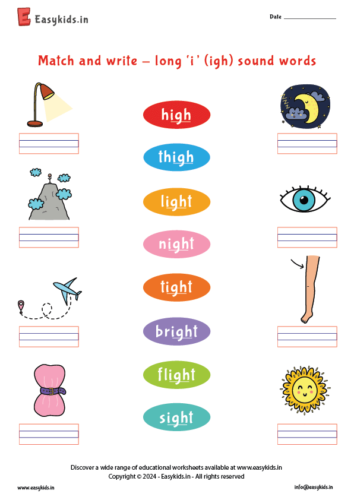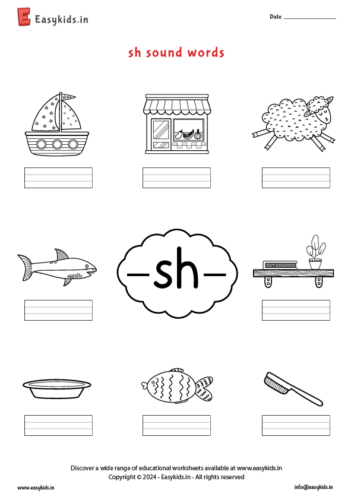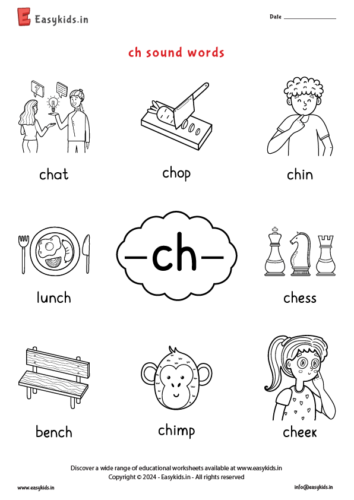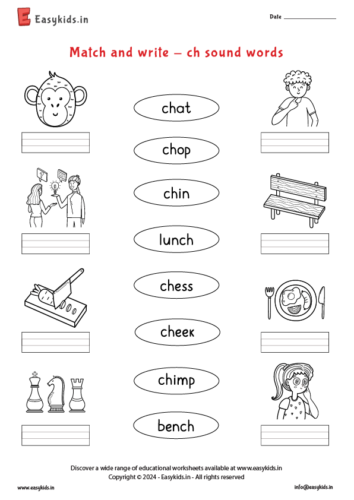
In the world of early childhood education, learning begins with the most basic building blocks of language and communication. One such foundational skill is the ability to recognize and write the first letter of a word, an essential step in the journey towards literacy. To cultivate this skill, educators often employ a variety of teaching aids, worksheets, and activities. These tools engage young learners, making the process enjoyable and effective.
One common method to introduce this concept is by using pictures. Images are a universal language, transcending barriers of age and language, allowing children to grasp the concept of letters and words in a visual way. This approach starts with a simple directive: “Write the first letter of the picture.” By focusing on the image’s initial sound, children begin to connect the visual world with the written word.
The “write first letter of picture” instruction can be found in various formats, such as worksheets, which are invaluable resources for educators and parents alike. These worksheets often come in PDF format, making them easily accessible for printing or digital use. They provide a structured and organized approach to teaching young children the basics of language.
When children encounter a worksheet prompting them to “write the first letter of the picture,” they are encouraged to examine the image closely. This careful observation helps them develop essential pre-reading skills, as they begin to associate specific sounds with corresponding letters. For instance, if they see an image of an apple, they learn that the first sound, “a,” corresponds to the letter ‘A.’
These worksheets are not limited to a single language; they are available in various languages, including English and Hindi. This adaptability allows educators to cater to diverse linguistic backgrounds, ensuring that every child has the opportunity to learn and grow.
As they progress, students encounter different worksheets, each featuring a new image. The repetition of the “write first letter of the picture” task helps reinforce their understanding of letter-sound relationships. Gradually, they become more confident in their abilities, moving from recognizing and writing the first letter of simple words to more complex ones.
Another variant of this exercise is the “alphabet write the first letter of the picture” worksheet. This comprehensive approach introduces children to the entire alphabet, encouraging them to associate each letter with the sounds they represent. This broadens their vocabulary and prepares them for more advanced reading and writing tasks.
To ensure accuracy and precision in their learning, children are guided to “write the correct first letter sound.” This emphasis on accuracy instills good habits and helps them develop strong phonemic awareness, a crucial skill for reading success.
Beyond worksheets, teachers and parents can employ other resources, like nursery rhymes and songs, to make learning more engaging. English worksheets for nursery, LKG (Lower Kindergarten), and pre-nursery classes offer a structured approach to language acquisition. These worksheets align with the curriculum for each grade level, ensuring that children receive age-appropriate instruction.
As children progress from nursery to LKG and beyond, their English worksheets become more challenging, reflecting their growing abilities. The “class LKG English worksheet” and “English worksheet for class LKG” are tailored to the needs of children at this stage. They incorporate more complex words and concepts, allowing students to expand their language skills and comprehension.
For teachers and parents seeking additional support, there are resources like “LKG student LKG English worksheets” and “beginner English worksheet for nursery.” These resources provide extra practice and reinforcement for young learners who may need a bit more guidance as they develop their language skills.
In conclusion, the process of learning to recognize and write the first letter of a picture is a vital step in early childhood education. It forms the foundation for future reading and writing skills, setting children on a path to literacy and communication. With the help of well-designed worksheets and resources, educators and parents can make this journey enjoyable and rewarding for young learners in nursery, LKG, and pre-nursery classes. These tools empower children to explore the world of language, one letter at a time, ensuring that they are well-prepared for the exciting journey of learning ahead.
